Is Elon right Eric Klien?
It’s been nearly five years since Musk first announced the full self driving feature and very little progress has been made on it.
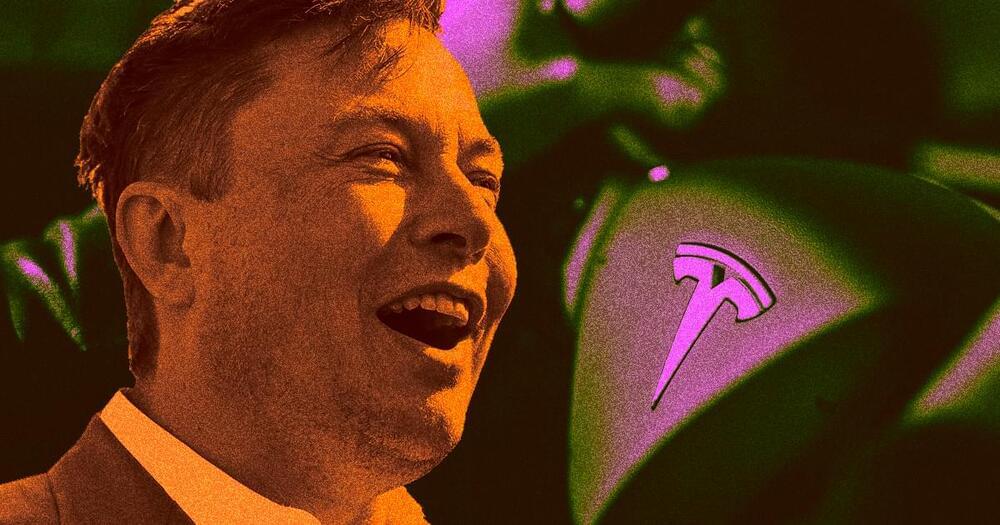
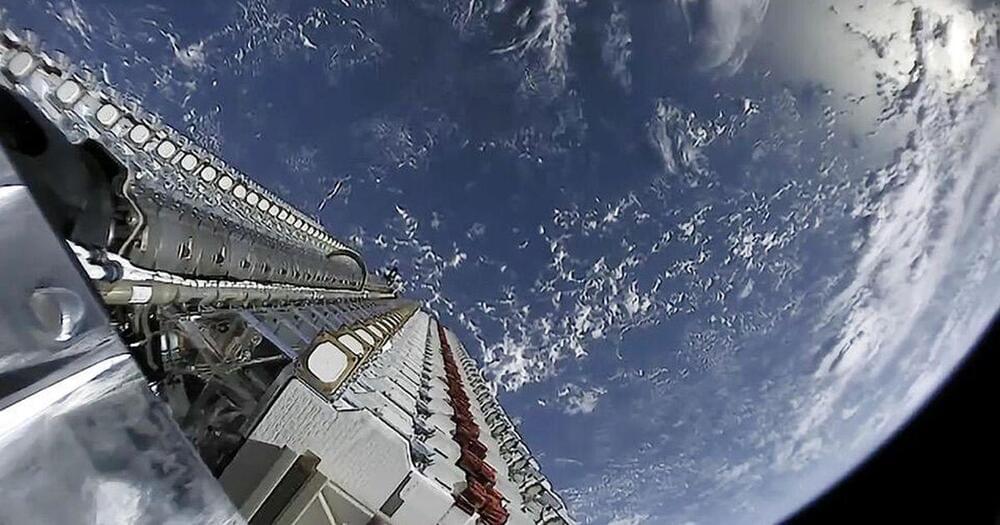
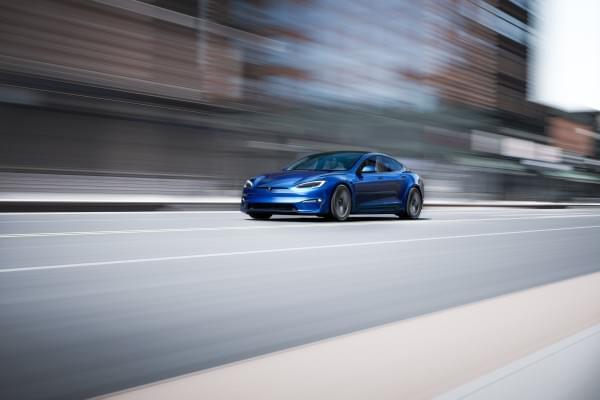
Get ready.
Tesla CEO Elon Musk said the company will use personal driving data to determine whether owners who have paid for its controversial “Full Self-Driving” software can access the latest beta version that promises more automated driving functions.
Musk tweeted late Thursday night that the FSD Beta v10.0.1 software update, which has already been pushed out to a group of select owners, will become more widely available starting September 24.
Owners who have paid for FSD, which currently costs $10,000, will be offered access to the beta software through a “beta request button.” Drivers who select the beta software will be asked for permission to access their driving behavior using Tesla’s insurance calculator, Musk wrote in a tweet.
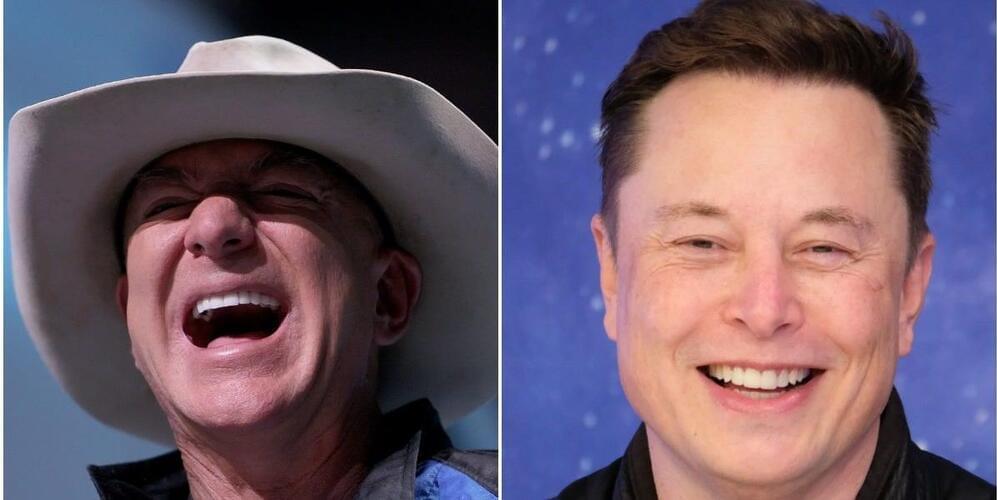
Going to hear the SpaceX fans complaining about this but it actually makes perfect sense. SpaceX is already “deep into development” of the vehicle they plan on using for a lander therefore they don’t get as much money as a group that hasn’t started on development yet. Keep in mind that NASA is well aware that SpaceX is already using their money to develop Starship and SuperHeavy so there is no real need to ‘double-down’ on taxpayer development funding to a company that is already spending that money on that development.
One need look no further than the “race” between SpaceX and Boeing over Commercial Crew. Dragon had been in development since 2004 (and funded by NASA since 2006 or cargo and 2010 for crew) while Boeing only started development of Starliner in 2010. SpaceX took 4 years longer than planned for the Cargo version, (2006 scheduled but didn’t fly till 2010) and a full decade after that using the same basic design to fly crewed (2020) Boeing’s Starliner, even if it doesn’t fly this year is still ahead of SpaceX’s development.
It should be rather telling that SpaceX got the lowest award of all the contracts. Starship has always been the ‘outlier’ of the lander designs.
Both Elon Musk’s SpaceX and Jeff Bezos’ Blue Origin will design moon landers that NASA can use to regularly send astronauts to the moon.
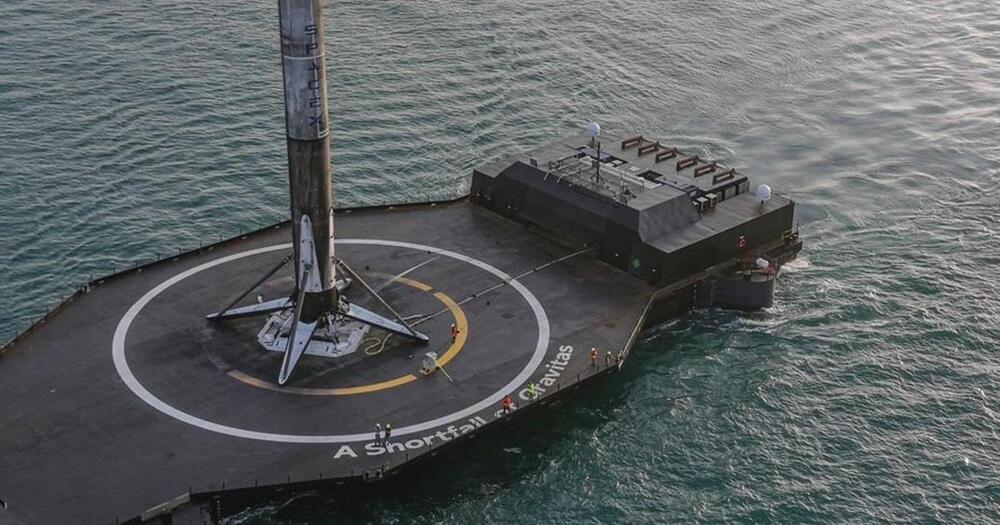
A Shortfall of Gravitas: SpaceX’s new drone ship detailed
The ship supported its first mission on August 29. This was the 23rd Commercial Resupply Services mission, the latest in a series of launches for NASA that sends cargo to the International Space Station.
A Shortfall of Gravitas is a notable upgrade over previous ships. SpaceX explained during the mission launch livestream that it improves over its predecessors with a fully autonomous operation procedure. That means it can travel to sea, find its position, receive the rocket, grab the rocket with the “octograbber” robot and return it to land — all autonomously.

Tesla may already have a lot of projects on its plate, but the company still appears to be exploring other projects for its product lineup in the future. Among these is a “Robo Van” that’s optimized to transport people with disabilities, among others.
References to the Tesla “Robo Van” were reportedly shared by CEO Elon Musk during the company’s recent all-hands meeting, according to individuals familiar with the topics covered in the event. Apart from the “Robo Van” being capable of transporting large numbers of people, Musk reportedly highlighted that the upcoming vehicle would be designed to address the needs of passengers with disabilities.
This suggests that the Tesla “Robo Van” would be optimized for easy ingress and egress, making it perfect for passengers who may have difficulty getting into conventional vehicles. Features such as active air suspension, similar to the one used in the Cybertruck, would be particularly useful for disabled passengers as well, as they would make it easier for items such as wheelchairs to be loaded and unloaded from the Tesla “Robo Van.”
Discover what makes Henson so great: https://bit.ly/3Dn1so3
Why the Tesla bot is the key to a Mars colony, and why Elon Musk’s SpaceX mission to build a colony on Mars needs the Tesla bot.
Last video: NEW Tesla Model 3 Now Available!
► Subscribe to our sister channel, The Space Race: https://www.youtube.com/channel/UCeMcDx6-rOq_RlKSPehk2tQ
► Subscribe to The Tesla Space newsletter: https://www.theteslaspace.com.
► Get up to $250 in Digital Currency With BlockFi: https://blockfi.com/theteslaspace.
►You can use my referral link to get 1,500 free Supercharger km on a new Tesla:
https://ts.la/trevor61038
Subscribe: https://www.youtube.com/channel/UCJjAIBWeY022ZNj_Cp_6wAw?sub_confirmation=1
🚘 Tesla Videos: https://www.youtube.com/watch?v=L9soIzuucBk&list=PL_4hhCaBkh…VvYNWbfQiq.
🚀 SpaceX Videos: https://www.youtube.com/playlist?list=PL_4hhCaBkhkJAOfZsqUnK…=1&index=1
👽 Elon Musk Videos: https://www.youtube.com/watch?v=iowsm7leEKo&list=PL_4hhCaBkh…DhtjC26hKN

#ElonMusk is on a better path than Bezos is partly because he’s working on his brain chip and once that brain chip has been made dubbed complete he can make it so it works with tech and we can merge Tech with people which means that we can make a life out of tech and have our body be completely made robotic and as long as we have materials like synthetic blood that feeds and sustains the brain with the proper nutrients to stay alive. Theoretically u could live much longer. He seems to have the robot body and robot made and chip almost complete now he needs the synthetic sustainable blood for a human brain 🧠 implant into the robot tech body using Brian chip to control it. Immortality In theory the brain doesn’t have to be in the robotic body it can still be connected to the body through a central location via #StarLink #Robot links https://fb.watch/7UAKDX92Vh/ https://fb.watch/7Uyo7JYdok/ “Life is a video game in that aspect” But even without the brain merge you will be able to pair our minds with these AI robots and use them on 🌎 earth or beyond like a ship to #Mars or any other place that can get the signal from the brain to the robotic body.
Elon is at it again.

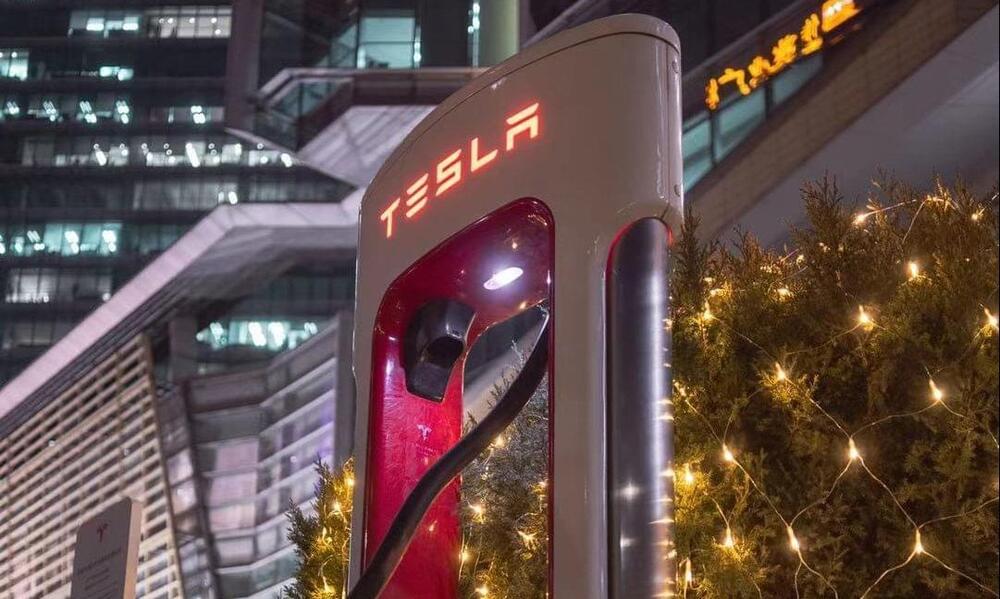
The electric vehicle sector would be wise to brace for an insane expansion of the Tesla Supercharger Network. As reported by local media outlets on Tuesday, Tesla’s Supercharger V3 Factory in Shanghai had been fully completed as of August 20 2021. The facility, which is capable of producing 10,000 Supercharger V3 stalls per year, would play a key role in the company’s aggressive expansion of its rapid-charging network.
With the facility fully completed, Tesla’s ramp of the Supercharger Network would likely become much faster than ever before. This would be incredibly advantageous for the company, particularly as CEO Elon Musk has noted that Tesla would be opening its Supercharger Network to non-Tesla EVs around the end of the year. To avoid overcrowding in its existing Superchargers, the company must have a way to ensure that it has a steady supply of rapid charging stalls to install.
This is where the Supercharger V3 factory in China comes in. Tesla currently operates about 25,000 Superchargers worldwide. And while this number seems incredibly small compared to the number of gas stations across the globe, the Supercharger Network already stands as one of the most expansive and reliable rapid charging systems for electric vehicles in the market. Having a facility that could add 10,000 more Superchargers every year would then be extremely beneficial.